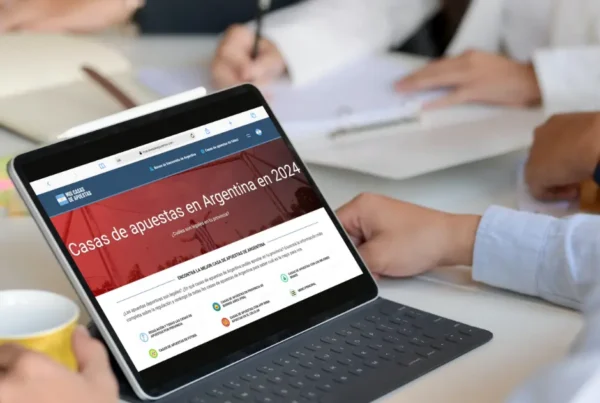
In the same way as traditional fonts, on the Internet we can categorize fonts into two large groups.
Are those Source of information that provide data obtained "first hand", by the researcher himself or through a bibliographic search in databases. Examples of primary sources are scientific posts, monographs, theses, books or posts in specialized journals, patents, research projects or official journals. Here are some examples of primary information sources on the Internet:
- Space
- Spanish office of the patents and brand
- Official Gazettes of the CCAA
- National bulletins
- DOUE-Official Journal of the European Community
In general, these sources offer uninterpreted information. These are the results of a survey based on:
- Observations: It consists of collecting primary data from the observation of relevant people, actions and situations. As an example, visiting or monitoring competitive online outlets to observe prices, product models, etc.
- Experiences: They are used in scientific research to determine cause and effect relationships. As an example, a drug development company may test the effects of a new product on several different groups of patients by sex and age group to establish the effects.
- Surveys: made on web pages or through questionnaires of the type provided by google. It is about obtaining information, directly asking consumers or interest groups to define themselves, etc.
The great utility of primary sources of information is the quality of the information obtained, if the research is carried out with good methodological standards. However, its great disadvantage is the high cost of time and money that it requires to do them, unless you are dedicated exclusively to collecting search results from other people.
Secondary information sources They are the ones who to some extent interpret the data and information they present when analyzing primary sources. Here are some examples of secondary information sources:
- National Statistical Institutes
- Government export services
- Central banks provide information on the economic situation of each country.
- Eurostat proporciona datos de importación y exportación para países europeos
- Official economic sources such as the World Bank or the IMF
- Axesor for financial reports in Spain
- Market study for market reports of any sector
A good way to distinguish clearly primary and secondary information sources it is about asking questions about the origin, in other words, about the author of the information. In general, data from primary sources has been generated by the issuer and in secondary sources the data is interpreted and collected by the issuer. It is a good way to differentiate them.
The truth is that, in competitive intelligence, technology watch or market research, we will regularly use primary and secondary sources of information on the Internet.
What is relevant here is not what type they are, but the data you provide us for our purposes. The reasons why news sources prevail on the Internet are very clear.
The most important are:
- Speed and immediacy: you can access it always and at any time
- Cost: the cost is much lower than the traditional ones, even if they are paid or operated by subscription.
- Reliability: there are many official sources on the internet. The reliability of information is no longer an obstacle as it was years ago and there is more and more information of better quality.
As a general rule, the rationale against using only Internet information sources is inbred, and especially that not all information is on the network of networks. Personally, the first thing does not make sense to me, a medium as large as the Internet, today it is difficult for me to sin in consanguinity, if at first but now it is difficult or at least no more than the rest of the media or offline sources.
The truth is that there is information that is not on the Internet and this is where it will be necessary to assess whether or not it is necessary to go to traditional sources that are not generally easily accessible (the open information wants to solve this problem) or rather to offline research methodologies such as: country visits, personal or telephone interviews, etc.






